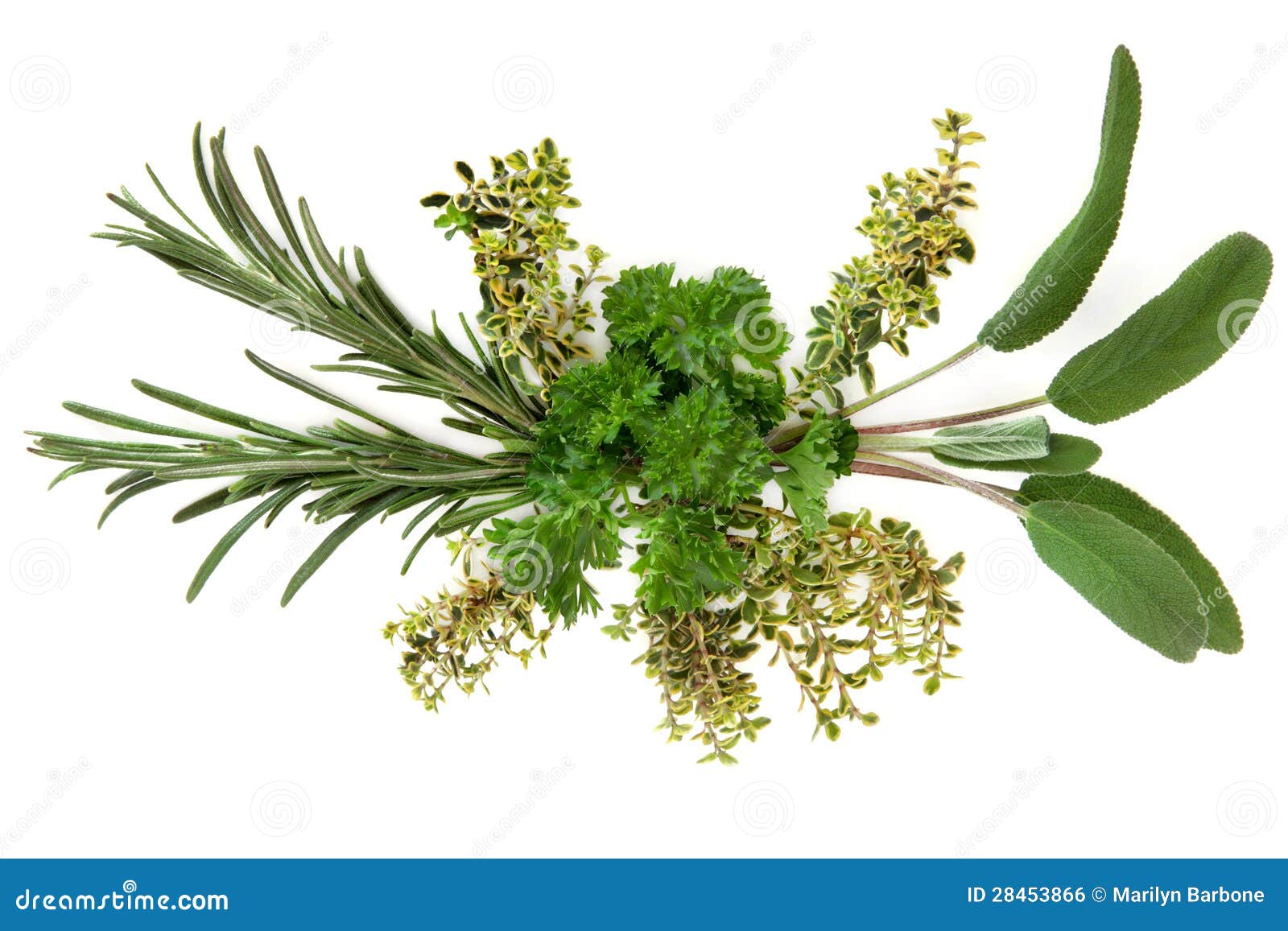

- #Rosemary and thyme how to#
- #Rosemary and thyme full#
1 teaspoon of dried thyme = 1 teaspoon of dried savory. Use savory and thyme in a like for like match.
Savory has a flavor that is very reminiscent of thyme crossed with oregano and with that much needed minty light peppery flavor too. When using fresh sprigs you can afford to be a lot more casual and just go for it. Use this ratio whether replacing dried for dried or fresh for fresh. 
This is a ratio of 3:2 so if a recipe needed 2g of rosemary you would use 3g of thyme.
Thyme is a great substitute for rosemary in recipes but as we have said rosemary is a stronger flavor and therefore using 1 tablespoon of thyme for 2 teaspoons of rosemary in a recipe is ideal. You will find stews, casseroles and Bouillabaisse all require fresh or dried rosemary and thyme. Both rosemary and thyme pair well with beef, lamb, venison, roasted vegetables and many Mediterranean dishes like pizza, pasta and gnocchi. You can harvest stems at the mid-Autumn / Fall time to allow for drying. In Winter a natural dormancy occurs and younger plants will need overwintering. Thyme has much smaller leaves and can be harvested in Summer by taking pinches from the tips of growing stems, this will encourage new growth. At this point using dried rosemary is preferable simply for allowing the plant to thrive. Rosemary has pine like needles for leaves and can be harvested all year round although there is a natural dormant period from Winter until early Spring. Lemon thyme really does have a lively citrus flavor, but in no way as sharp and astringent as rosemary. The general thyme flavor is herbal with an intense pine like grass note. Thyme is a little more complicated as there are many varieties that we commonly use. It has strength of flavor to be paired with alliums like garlic and still thrive. Rosemary has an astringent and pungent pine flavor with lemony notes. Flavor is key to their difference and understanding how we may get the most from each ingredient. Meaning that they are ideal to be planted together. Neither thyme or rosemary require a mulch and will struggle with too much added nitrogen or other feed. #Rosemary and thyme full#
They will also both thrive in full sunlight. Both are from the Mediterranean and as such are drought tolerant and will thrive in conditions with irregular watering intervals.Thyme will more likely grow to a maximum of 15 inches (38cm) with some varieties being more suited to hanging baskets or as ground cover at around 2 inches in height, but the spread is more important here. At maturity rosemary can grow to be four feet (1.2m) in height and spread. Rosemary will grow to be a substantial shrub in your garden and care should be taken around positioning.Thyme is an evergreen perennial and a softwood herb. Rosemary is an evergreen, perennial and a woody herb.It is important to understand each plant before we can gauge how best to replace them in dishes. Chefs will have an understanding of the depth of flavor from rosemary and the pine notes from both.

Requiring adequate drainage but little else from the soil. Gardener’s may say rosemary and thyme have similar growing needs, being drought tolerant and sun loving.

#Rosemary and thyme how to#
So I wanted to have a quick cheats guide to rosemary and thyme and how to use and replace each one. Some recipes call for these two herbs seemingly interchangeably.








 0 kommentar(er)
0 kommentar(er)
